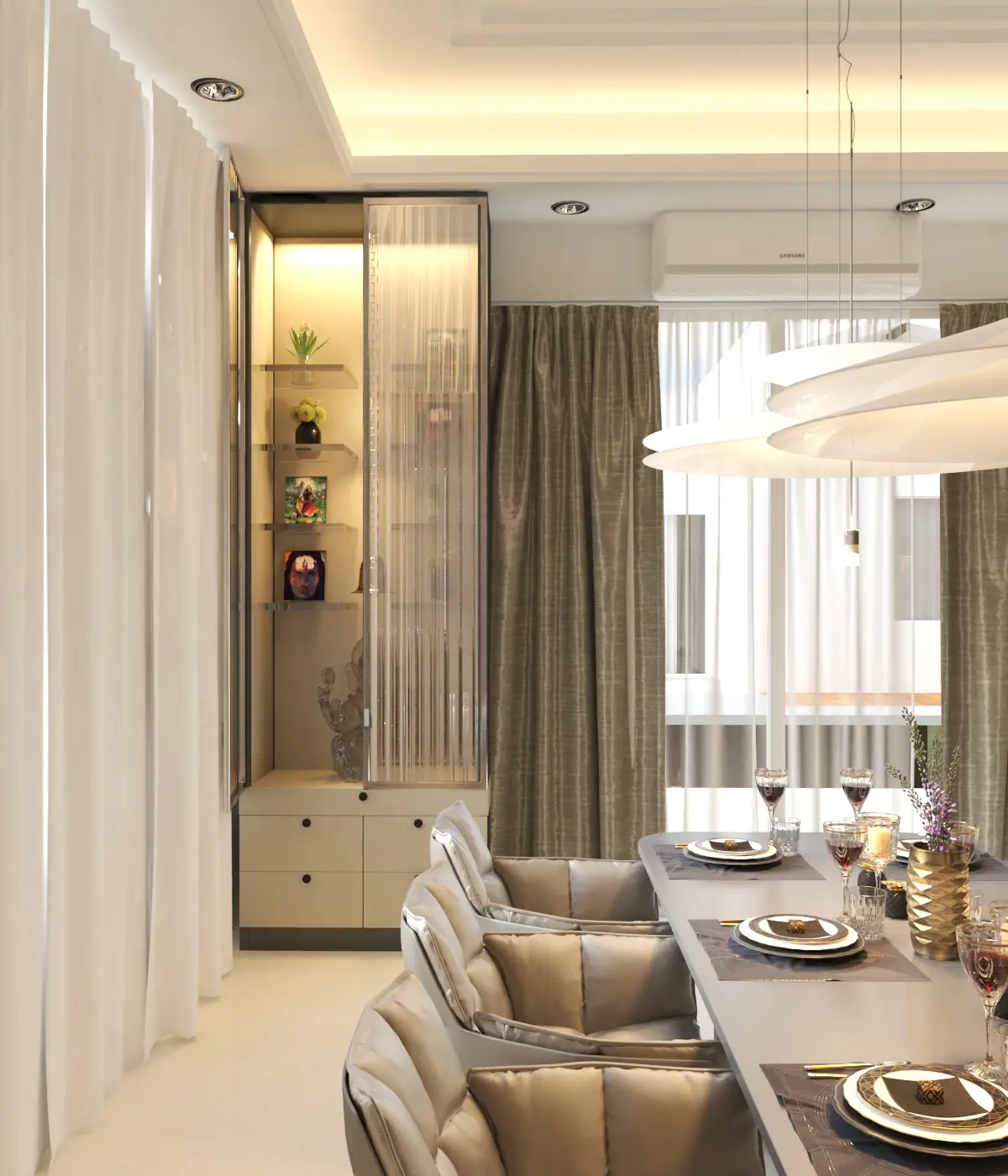The journey to transform your living space into a realm of beauty and functionality is an art in itself. Home interiors are a canvas upon which we paint our stories, our aspirations, and our daily lives. Every piece of furniture, every hue on the walls, and every decor item should whisper tales of elegance and purpose. However, amidst the zeal to infuse creativity into interior design, many of us inadvertently stumble into common pitfalls that can compromise the harmony and longevity of our spaces.

In the enchanting world of interior design, aesthetics and functionality are the North Stars guiding our choices.However, it’s easy to get caught up in trends and whims, unintentionally planting design mistakes that might haunt us. We may forget that a well-designed room hides a science that, if misunderstood, can cause many regrets. Let’s delve into the heart of design, avoid the traps, and pave the way for spaces that transcend mere aesthetics – spaces that reflect who we are and how we aspire to live.
Common Interior Design Mistakes to Avoid
Interior design is a dynamic and creative area that enables individuals and experts to change living rooms into visually beautiful and practical spaces. Even the most experienced designers, however, can make simple blunders that detract from the overall beauty of a room. We’ll look at some of the most common interior design mistakes to avoid to assist you build a harmonious and well-designed interior.
Neglecting Functionality
Neglecting the functional aspects of a living space is one of the most significant mistakes in home interior design. A beautifully decorated room is incomplete if it fails to meet the practical needs and lifestyle of its occupants. Neglecting functionality can lead to a space that may look appealing but is impractical and inefficient, causing frustration and inconvenience for those who use it. The first step in avoiding the neglect of functionality is to understand the lifestyle and habits of the space’s occupants. Consider how the room will be used, the daily routines, and the specific needs of the people using it. For example, in a family room, comfortable seating, easy-to-clean fabrics, and storage for toys or media equipment might be essential.
Ignoring Scale and Proportion
Scale and proportion are fundamental principles in interior design, and ignoring them can lead to an interior that feels off-balance and visually unsettling. When designers or homeowners overlook scale and proportion, it can result in several issues. One of the most prevalent problems is using furniture or decor that is either too large or too small for the space. Oversized furniture can dominate a room, making it feel cramped and uncomfortable, while undersized elements can get lost in the surroundings, making the room seem empty and unbalanced. Before purchasing furniture or decor, measure both the space available and the items you plan to place within it.
Overlooking Lighting
Insufficient or improperly placed lighting can leave spaces feeling dim, uninspiring, and uncomfortable. However, with some careful planning and attention, you can avoid this common mistake and elevate your home’s interior design. A well-lit room usually incorporates three layers of lighting: ambient, task, and accent. Ambient lighting provides overall illumination, task lighting focuses on specific work or activities, and accent lighting adds depth and visual interest. From chandeliers to pendants, wall sconces, and floor lamps, there’s a wide array of options to suit different interior styles. Identify areas in your home where specific tasks are performed, such as reading, cooking, or working. Install task lighting, such as under-cabinet lighting in the kitchen or desk lamps in a home office, to provide ample illumination for these activities.
Overcrowding
The desire to include all your favorite furniture and decor items can lead to a cluttered and chaotic environment. Avoid placing furniture too close together or against the walls, which can create a cramped atmosphere. The decor and accessories you choose can also contribute to overcrowding. Be selective with decorative items and artwork. Avoid overloading surfaces with too many knick-knacks. Opt for a few meaningful pieces that enhance the room’s aesthetics without overwhelming it. Interior design is not static; it’s an ongoing process. Regularly assess your living spaces and rearrange furniture and decor to keep the layout fresh and functional.
Disregarding Texture and Layering
Texture and layering are the unsung heroes of interior design, as they play a pivotal role in transforming a space from ordinary to extraordinary. Texture adds depth and dimension, while layering adds richness and complexity. When executed correctly, these elements work together to create a balanced and harmonious environment. A common mistake is using the same textures and materials throughout a room, resulting in a monotonous and uninteresting atmosphere. This can make a space feel one-dimensional and uninspiring.
Achieve balance by blending contrasting textures. Pair soft textures with hard ones, and coarse materials with smooth surfaces. This balance creates a dynamic and inviting atmosphere.
Inadequate Wall Art and Decor
Wall art and decor play a pivotal role in elevating the aesthetics of a room. They have the power to add personality, style, and character to your living spaces. Without the right art and decor, your rooms can feel bare and lackluster. To avoid inadequate wall art and decor, it’s crucial to develop a cohesive design scheme. The choice of frames and display methods can enhance or detract from your art. Learn about frame styles, matting options, and alternative ways to display art, such as floating shelves and eclectic arrangements.
Designing With Confidence
The journey to creating a well-designed and harmonious home begins with acknowledging and understanding the biggest interior design mistakes. By taking these unique points into consideration, you can navigate the world of interior design with confidence and creativity. Your home will become a true reflection of your personality and style, offering a harmonious, functional, and visually pleasing living space that you can cherish for years to come.
